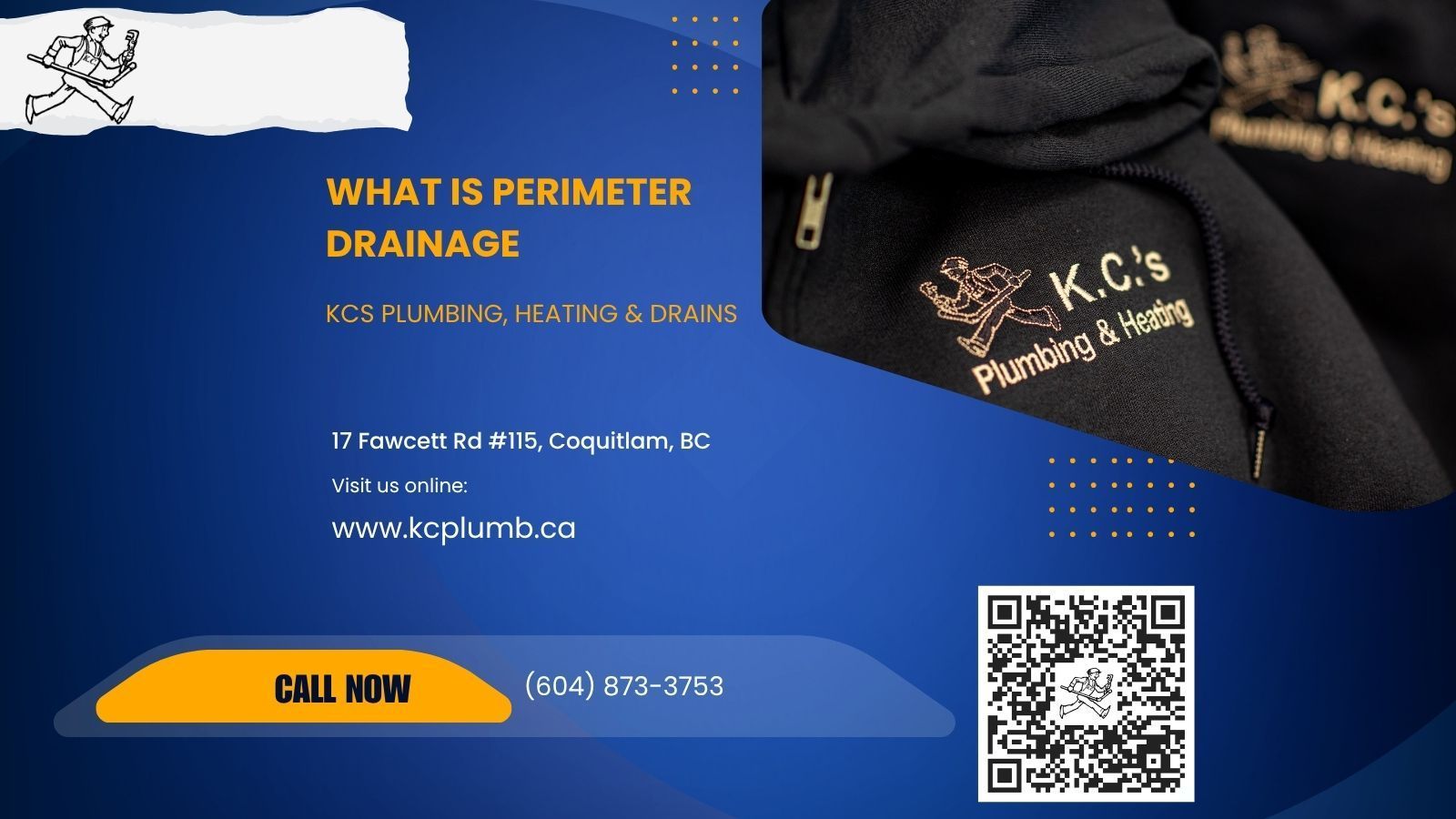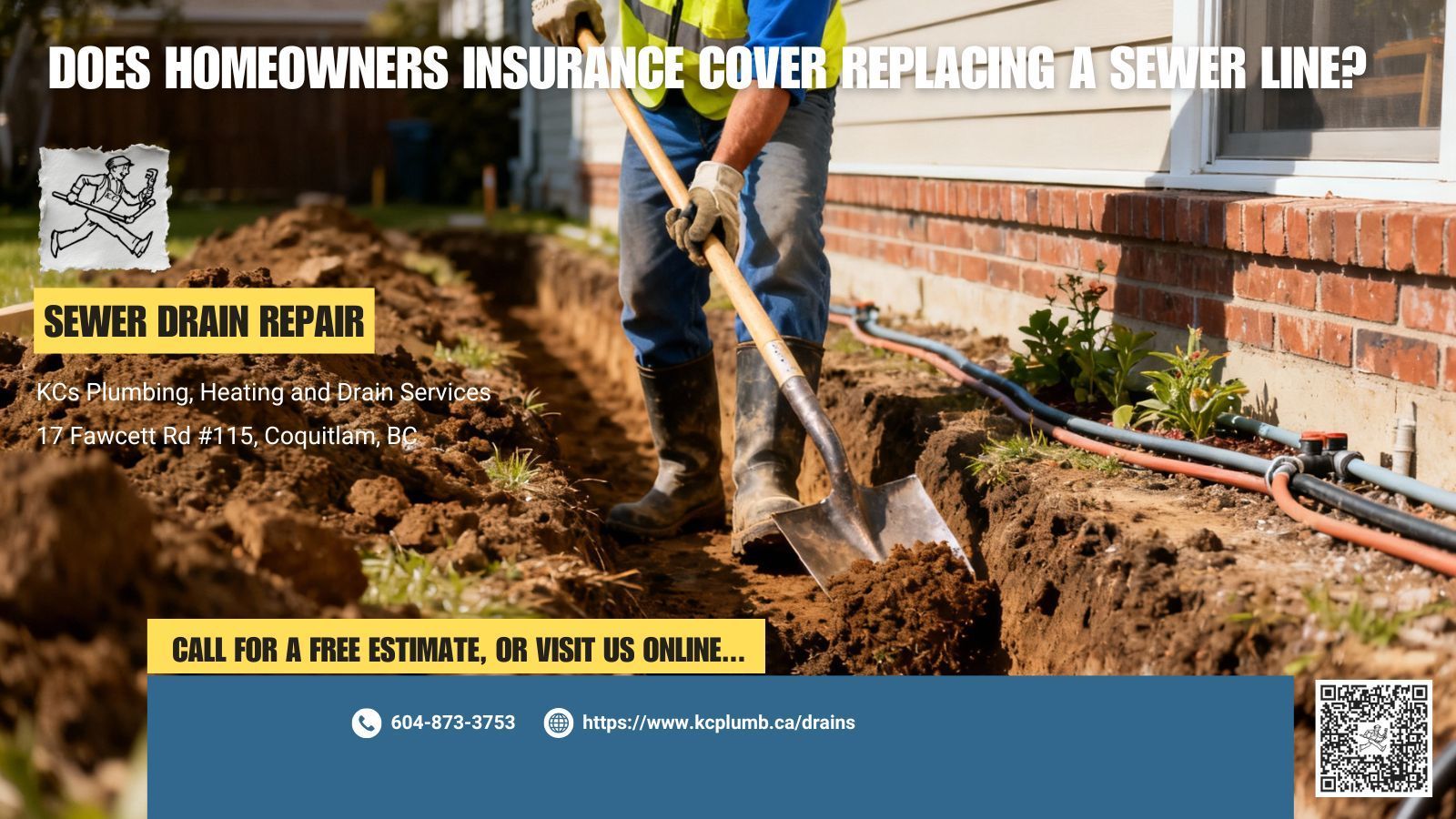What is Perimeter Drainage
Perimeter Drainage: The Quiet Guardian of Your Home
Let’s talk about something most homeowners rarely think about, until it’s too late. It’s not flashy. It’s not visible. But it’s one of the most important systems protecting your home’s foundation, basement, and peace of mind: the perimeter drainage system.
Whether you live in Coqutilam, Tri-Cities area, or the heart of Vancouver, understanding how perimeter drains work can save you from costly repairs, water damage, and the dreaded wet basement.
What Is Perimeter Drainage?
At its core, perimeter drainage is a drainage system installed around the perimeter of your home. It’s designed to collect water, rainwater, groundwater, and runoff, and move it away from your house. This helps prevent water from seeping into your basement walls, crawl space, or foundation.
You might hear it called a perimeter drain, drain tile, weeping tile, or even a French drain. These terms all refer to variations of the same concept: a tile system or drain tile system that channels water away from vulnerable areas.
The system typically includes:
- Perforated drainage pipes buried underground
- A bed of gravel to help water flow
- A connection to your sewer system or a sump pump
- Sometimes a drainage membrane to protect the foundation
This setup is part of your home’s broader plumbing and drainage infrastructure, working silently to keep your basement dry and your foundation intact.
Why Perimeter Drains Matters
Imagine a heavy rainstorm. Your gutter system is overflowing, and water starts pooling around your house. Without a proper perimeter drain, that water has nowhere to go. It would normally flow towards the drainage pipe, but if those pipes are obstructed or blocked, the water builds up around the foundation.
That’s when you start seeing water stains on your basement walls, damp carpet, or even basement flooding. A clogged drain, damaged tile, or a system fail can lead to thousands of dollars in repair costs, not to mention the stress.
A properly functioning perimeter drainage system is crucial. It’s your first line of defense against:
- Water damage
- Mold and mildew
- Foundation cracks
- Drainage problems that spiral into bigger issues

How Perimeter Drains Work
Here’s the beauty of it: perimeter drains collect water from the soil and surface, then guide it through drain pipes that are perforated to allow water in. These pipes are laid around the perimeter of your home, usually at the footing level.
The water flows through the drainage tiles, and is carried away from the foundation, either to a sewer system, a dry well, or a sump pit. This keeps your basement or crawl space safe and dry, even during a downpour.
Maintenance: The Unsung Hero
Like any system, your perimeter drain system needs regular maintenance. Over time, dirt and debris can cause a clogged perimeter,
reducing its effectiveness. That’s where perimeter drain cleaning comes in.
- Here’s what you should do to maintain your perimeter drain:
- Schedule drain cleaning every few years
- Inspect for signs of clog, like pooling water or damp walls
Consider professional perimeter drainage services for thorough inspections
If your drainage system isn’t working properly, it may have collapsed and would need to be replaced. A new perimeter drain installation can restore your home’s protection and prevent future issues.
Roto-Rooting: A Powerful Solution for Deep Drain Cleaning
Roto-rooting is a specialized plumbing method used to clear tough clogs and blockages from residential and commercial drain and sewer lines. The technique gets its name from the original Roto-Rooter machine, invented in 1933, which featured a rotating cable with a cutting head designed to slice through debris inside pipes. Today’s roto-rooting services use advanced tools like motorized drain snakes, hydro-jetting systems, and video inspection cameras to locate and remove obstructions such as grease, mineral buildup, and invasive tree roots.
One of the key advantages of the roto-rooting machine is its ability to cut through root intrusions with a durable metal blade. This makes it an effective last-resort option for restoring flow and extending the life of aging sewer pipes, often delaying the need for costly pipe replacement.
Types of Perimeter Drainage Systems
This is paragraph text. Click it or hit the Manage Text button to change the font, color, size, format, and more. To set up site-wide paragraph and title styles, go to Site Theme.
When to Call the Pros
If you notice stains on your basement walls, a wet basement, or water pooling around your house, it’s time to call in perimeter drainage services. They can assess your drainage installation, perform perimeter drain cleaning, and recommend effective solutions.
Professionals can also use camera inspections to locate hidden clogs, check the condition of your drain tile, and ensure your drainage system installed is doing its job.
Especially in areas like the North Shore, where rainfall is frequent and intense, having a good perimeter system is non-negotiable.
Four Common Questions
How does a basement perimeter drain work?
A basement perimeter drain works by intercepting water before it can seep into the foundation. Perforated pipes are laid around the base of the foundation, either externally or internally, and surrounded by gravel to facilitate water flow. As water accumulates in the soil, it enters the pipes through small holes and is directed away from the house. In many systems, the water flows into a sump pit, where a pump moves it safely away from the basement.
How long do perimeter drains last?
Perimeter drains typically last between 30 to 50 years, depending on the materials used, soil conditions, and maintenance. Older systems made with clay or concrete tiles may degrade faster than modern PVC or plastic piping. Regular inspections and cleaning can extend the lifespan. However, if the system becomes clogged, crushed, or deteriorated, it may need to be replaced sooner to prevent water damage and maintain proper drainage around the foundation.
How often should perimeter drains be cleaned?
Perimeter drains should be cleaned every 5 to 10 years, depending on the age of the system and local environmental conditions. Homes in areas with heavy rainfall, tree roots, or clay soil may require more frequent cleaning. Regular maintenance helps prevent clogs caused by dirt, debris, or root intrusion. Professional perimeter drain cleaning services often use high-pressure flushing or camera inspections to ensure the system is functioning properly and to identify any early signs of damage.
What is the biggest cause of blocked drains?
The most common cause of blocked drains is the accumulation of debris such as dirt, leaves, and sediment. In perimeter drainage systems, tree root intrusion is a major issue, especially in older pipes made of clay or concrete. Over time, roots can penetrate the pipe joints and cause blockages. Other causes include collapsed pipes, poor installation, and lack of regular maintenance. Preventative cleaning and inspections are essential to avoid costly repairs and water damage.
The Deeper Message
Now, let’s step back from the pipes and gravel. A perimeter drain is a drainage system, yes, but it’s also a metaphor. It’s about protecting what matters by investing in what’s unseen.
Just like your home needs a water management system, your life needs boundaries, routines, and quiet systems that keep things flowing. You don’t always notice them. But when they’re missing, everything feels off.
So whether you’re planning a drain installation, dealing with a clogged drain, or just learning how perimeter drains work, remember: the point of the system is to prevent water from entering where it doesn’t belong. And that’s a lesson worth applying beyond your basement.













